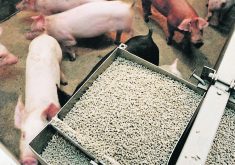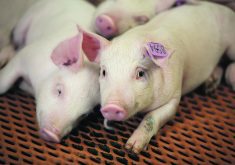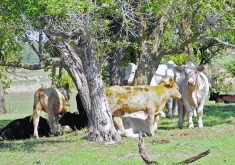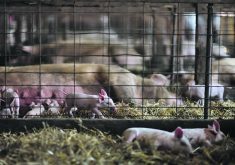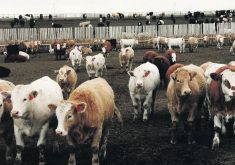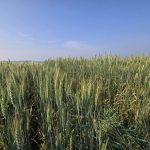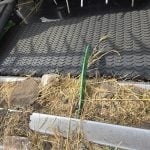It probably wasn’t because Italmopa — an association of Italian milling companies — had seen the story in The Western Producer earlier this spring, but it was ironic that it issued the news release the following day.
The Producer story quoted representatives of the Western Canadian Wheat Growers Association, Cereals Canada and the Canadian Agri-Food Trade Alliance (CAFTA) as criticizing European Union intentions to follow Italy’s lead in requiring country-of-origin labelling on pasta and claiming that it’s a trade barrier.
The Italmopa release announced a new program called “Pure Flour from Europe,” which will promote Italian organic flour and durum semolina in three cities in the United States and in Quebec, Ontario and British Columbia.
Read Also
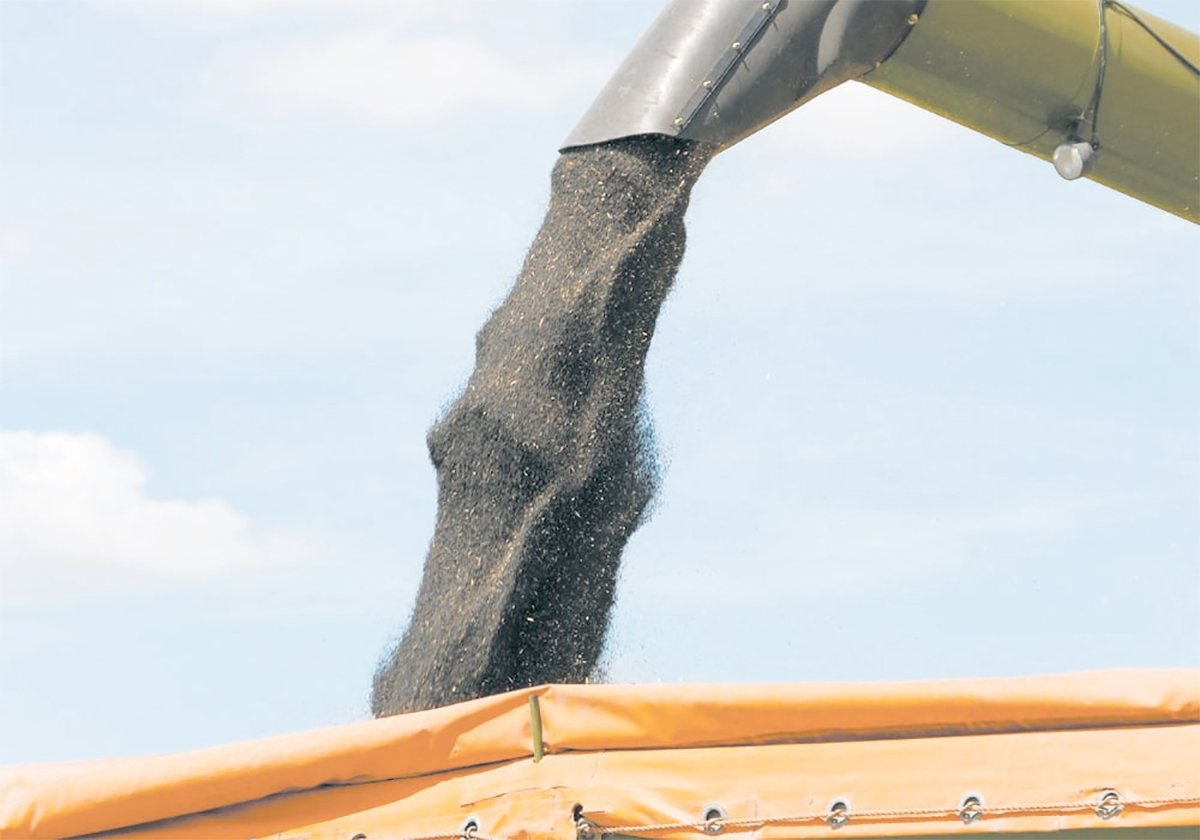
Determining tariff compensation will be difficult but necessary
Prime minister Mark Carney says his government will support canola farmers, yet estimating the loss and paying compensation in an equitable fashion will be no easy task, but it can be done.
So, while at least some Canadians don’t want their country’s name displayed on their food label, Italians want to do it proudly.
Not that they have much choice. The Canadian Food Inspection Agency requires that labels must state if food is imported, listing either the manufacturer’s address, the importer’s address or the country of origin. Is that any less of a trade barrier than the Italian requirement to have pasta labelled with the name of the country where the durum is grown or milled?
But if more EU countries want country-of-origin labelling, bring it on. The COOL requirement introduced in 2017 did correspond with a dip in Italy’s durum purchases to 387,000 tonnes in the 2016-17 crop year, but they’ve increased every year since and reached a record of almost 1.5 million tonnes in 2020-21. The four-year average since COOL was 1.036 million tonnes, compared to the previous 10-year average of 752,000 tonnes.
And if a Canadian label is a non-tariff trade barrier to wheat sales to Italy, perhaps these organizations should consider a suit for trademark or patent infringement against the Italian millers who are selling flour with “Manitoba” and a red Maple Leaf splashed prominently on the package.
The reason dates to early in the last century when the official grade name for spring wheat was “Manitoba Northern.” In practice most skipped “Manitoba” and just said grade names such as “Number one Northern.” The grade names were changed to Canada Western red spring in 1971, but for some customers, especially in Italy and Japan, the name “Manitoba” still sticks. Today, the flour in those Italian bags is associated with high protein, high gluten strength and high quality. Since Canadian durum is arguably the best in the world, why don’t organizations that claim to represent farmers want to take advantage of that reputation?
Durum growers need to ask these organizations why they think it’s in their interests to make public statements, as CAFTA has, claiming that their biggest customer is guilty of a “blatant trade violation.”
John Morriss is a former editorial director with Glacier FarmMedia.






